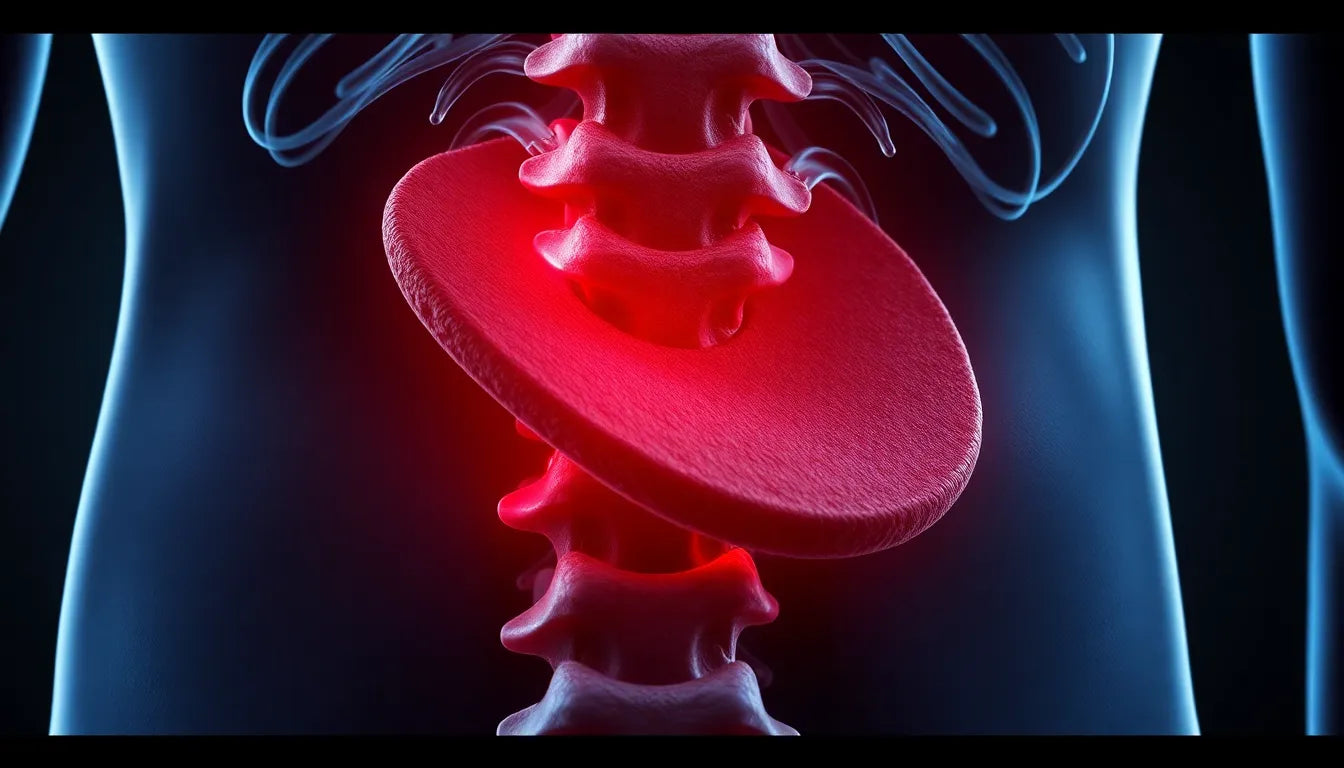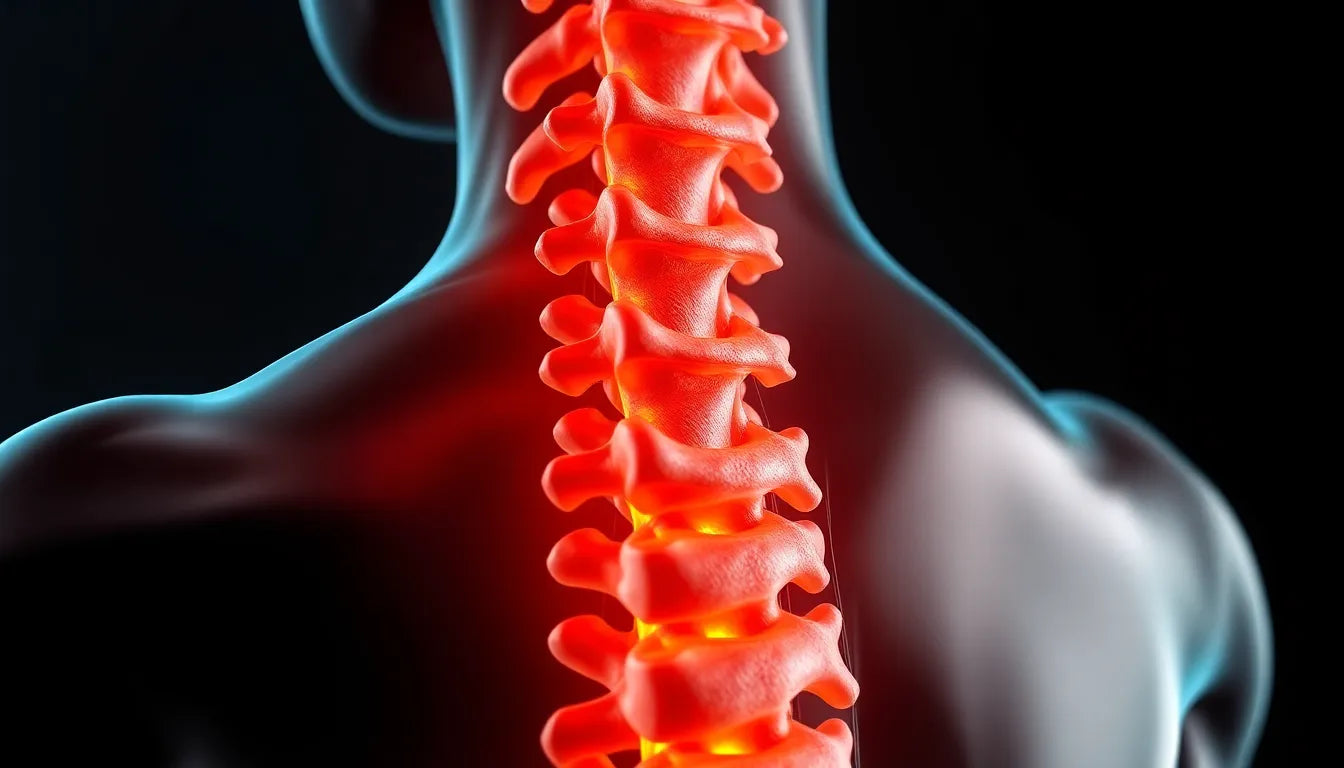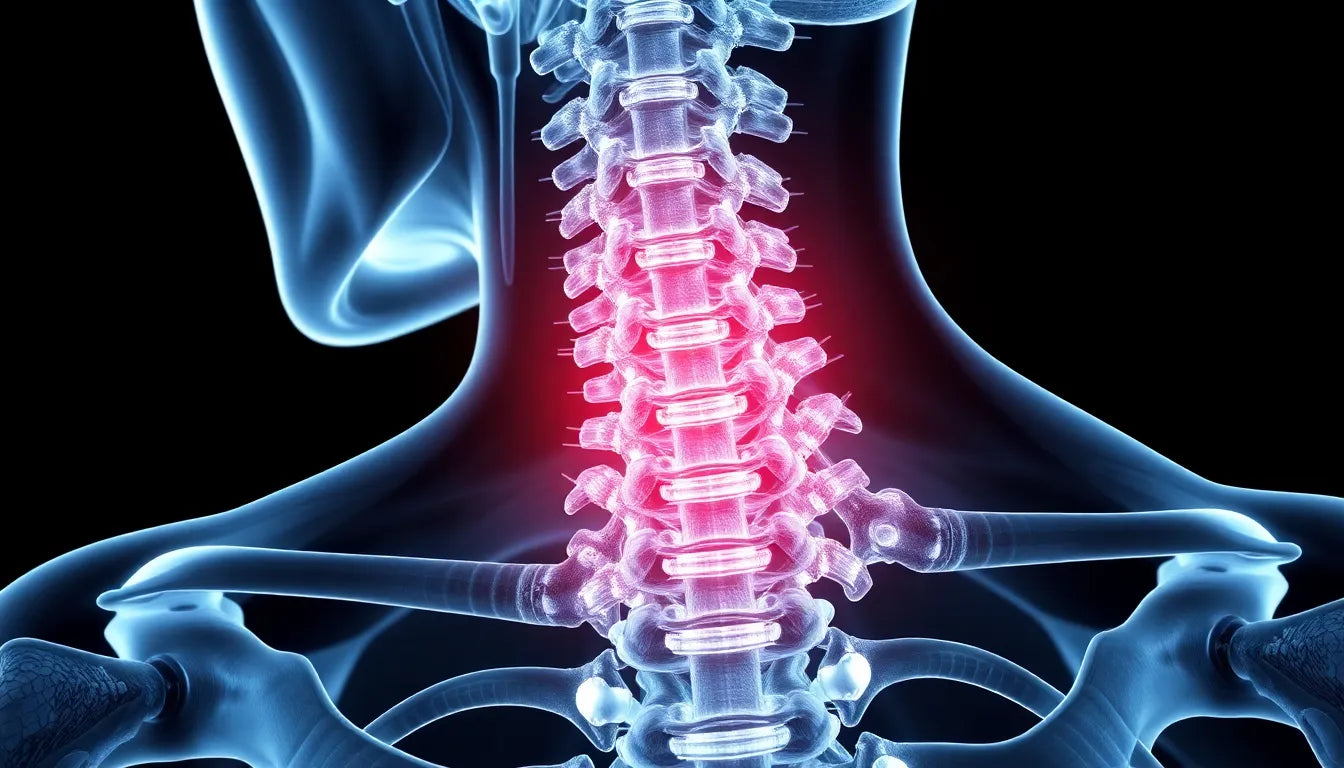An acute herniated disc is a condition that arises when the soft inner core of a spinal disc pushes through a tear in its tougher outer layer. This can lead to significant discomfort, particularly when it affects the lumbar spine, the lower back region. Often, this results in symptoms such as sciatica—a sharp, shooting pain that travels down the leg—and nerve compression, which can cause numbness or weakness in the affected area. The prevalence of acute herniated discs is notable, as they are a common cause of back pain and can significantly impact daily activities, from simple movements to more complex physical tasks.
Prevalence and impact on daily life
Understanding the widespread nature of acute herniated discs is crucial. This condition affects a substantial portion of the population, especially those in their 30s to 50s. The impact on daily life can be profound, with individuals experiencing limitations in their ability to perform routine tasks, engage in recreational activities, and maintain productivity at work. The symptoms can vary in intensity, from mild discomfort to debilitating pain, underscoring the importance of timely diagnosis and effective management to prevent long-term complications.
Exploring the path to relief
The journey to finding relief from an acute herniated disc often involves a combination of treatment strategies. Initially, conservative approaches are recommended, focusing on non-invasive methods such as physical therapy, medication, and lifestyle modifications. These treatments aim to alleviate pain, reduce inflammation, and improve mobility. However, in cases where conservative measures do not provide sufficient relief, surgical options may be considered. The decision to pursue surgery is typically based on the severity of symptoms and the individual's response to other treatments.
This post will delve into various treatment options, offering insights into both conservative and surgical interventions. By understanding the prognosis and exploring practical advice, readers will be better equipped to navigate their recovery journey. The goal is to empower individuals with the knowledge needed to make informed decisions about their care and ultimately achieve a pain-free life.
Symptoms and diagnosis of acute herniated disc
An acute herniated disc often presents with a range of symptoms that can significantly affect one's quality of life. The most common symptom is lumbar pain, which may be accompanied by sciatica—a sharp, shooting pain that radiates from the lower back down to one or both legs. This occurs due to nerve compression, which can also cause numbness, tingling, or weakness in the legs. Some individuals may experience difficulty standing or walking due to these symptoms.
Diagnosing an acute herniated disc typically involves a comprehensive evaluation by a healthcare provider. This includes a physical examination to assess reflexes, muscle strength, and sensory function. Imaging techniques, such as magnetic resonance imaging (MRI), are crucial in confirming the diagnosis. MRI scans provide detailed images of the spinal discs and nerves, allowing for an accurate assessment of the herniation's location and severity. Early and precise diagnosis is essential for effective treatment planning.
Conservative treatment options for acute herniated disc
For many individuals, conservative treatments can effectively manage the symptoms of an acute herniated disc and promote healing. One of the foundational approaches is rest and activity modification. While it's important to avoid activities that exacerbate pain, complete bed rest is generally discouraged. Instead, a balance of rest with gentle activities can help maintain muscle strength and flexibility, preventing stiffness and promoting recovery.
Medications play a vital role in managing pain and inflammation. Nonsteroidal anti-inflammatory drugs (NSAIDs) are commonly used to reduce pain and swelling. In some cases, muscle relaxants may be prescribed to alleviate muscle spasms. For severe pain, short-term use of opioid analgesics might be considered, although these are used with caution due to potential side effects and dependency risks.
Physical therapy is another cornerstone of conservative management. It involves exercises designed to strengthen the muscles supporting the spine, improve flexibility, and educate patients on proper body mechanics. This can include exercises such as pelvic tilts, knee-to-chest stretches, and core stabilization exercises. Below is a brief table of common physical therapy exercises and their benefits:
| Exercise | Benefits |
|---|---|
| Pelvic tilts | Improves lower back flexibility and strengthens abdominal muscles |
| Knee-to-chest stretch | Relieves lower back tension and stretches the spine |
| Core stabilization | Enhances core strength to support the spine |
Cortisone injections may also be used to control inflammation and provide temporary pain relief. These injections deliver corticosteroids directly around the affected nerve roots, reducing swelling and alleviating pressure on the nerves.
Surgical options for acute herniated disc
While most cases of acute herniated discs respond well to conservative treatments, surgery may be considered when symptoms persist or are severe. Criteria for surgical intervention typically include intractable pain, significant neurological deficits, or lack of improvement after several weeks of conservative management.
Common surgical procedures include discectomy, where the herniated portion of the disc is removed to relieve pressure on the nerves. This procedure has shown favorable outcomes in many cases, offering significant pain relief and improved function. However, it's important to weigh the potential benefits against the risks and recovery time associated with surgery.
Balancing conservative and surgical approaches is crucial, and treatment plans should be individualized based on the patient's specific condition, symptoms, and overall health. Evidence-based decision-making, often involving consultations with spine specialists, ensures that patients receive the most appropriate care for their situation.
Prognosis and recovery from an acute herniated disc
The recovery timeline for an acute herniated disc varies, but many individuals experience significant improvement within 6 to 12 weeks with conservative care. During this period, symptoms such as pain and nerve compression typically decrease, allowing for a return to normal activities. While complete recovery is common, some individuals may continue to experience intermittent pain or discomfort, which can be managed with ongoing conservative treatments and lifestyle adjustments.
Practical advice for managing symptoms
Managing symptoms of an acute herniated disc effectively involves several practical strategies. Ergonomic adjustments, such as using supportive chairs and maintaining a proper posture while sitting or standing, can alleviate strain on the spine. Incorporating regular breaks and gentle stretching into your routine can also help maintain flexibility and reduce pain.
Here are some do's and don'ts for individuals dealing with an acute herniated disc:
- Do engage in gentle exercises recommended by your healthcare provider to maintain strength and flexibility.
- Do use ergonomic aids, like lumbar support cushions, to support your back.
- Don't lift heavy objects or engage in activities that exacerbate your symptoms.
- Don't remain sedentary for extended periods; instead, take regular breaks to move and stretch.
Frequently Asked Questions
What are the first signs of an acute herniated disc?
The initial signs of an acute herniated disc often include lumbar pain, which can radiate down the leg as sciatica. You might also experience numbness, tingling, or weakness in the legs. It is crucial to seek medical attention if these symptoms occur, especially if they worsen or are accompanied by loss of bladder or bowel control.
How long does it take to recover from an acute herniated disc?
Recovery from an acute herniated disc typically takes 6 to 12 weeks with conservative treatment. However, the timeline can vary based on the severity of the condition and adherence to treatment plans. Some individuals may continue to experience mild symptoms beyond this period, which can often be managed with ongoing care.
Can I prevent future herniated discs?
Preventing future herniated discs involves maintaining a healthy lifestyle. This includes regular exercise to strengthen core muscles, maintaining a healthy weight to reduce spinal strain, and using ergonomic aids to support proper posture. Additionally, learning proper lifting techniques can help prevent undue stress on the spine.
When should I consider surgery for a herniated disc?
Surgery is typically considered when conservative treatments do not alleviate symptoms, or if there are significant neurological deficits. Persistent, severe pain or symptoms that interfere with daily life might also lead to surgical intervention. It's important to discuss the potential benefits and risks with a healthcare provider to make an informed decision.
Are there any lifestyle changes that can help with recovery?
Yes, several lifestyle changes can support recovery from an acute herniated disc. Incorporating regular physical activity tailored to your condition, focusing on core strengthening, and making ergonomic adjustments at home and work can all contribute to a smoother recovery. Reducing stress and ensuring adequate rest are also important components of the healing process.
By following these guidelines and working closely with healthcare professionals, individuals can navigate their recovery journey more effectively and move towards a pain-free life.
Sources
- Advocate Health. (2023). "Herniated Disc: Symptoms and Treatment."
- American Academy of Orthopaedic Surgeons. (2023). "Herniated Disc."
- The Radiology Assistant. (2023). "Lumbar Disc Herniation."
- American Association of Neurological Surgeons. (2023). "Herniated Disc."
- Mayo Clinic. (2023). "Herniated Disk: Symptoms and Causes."























